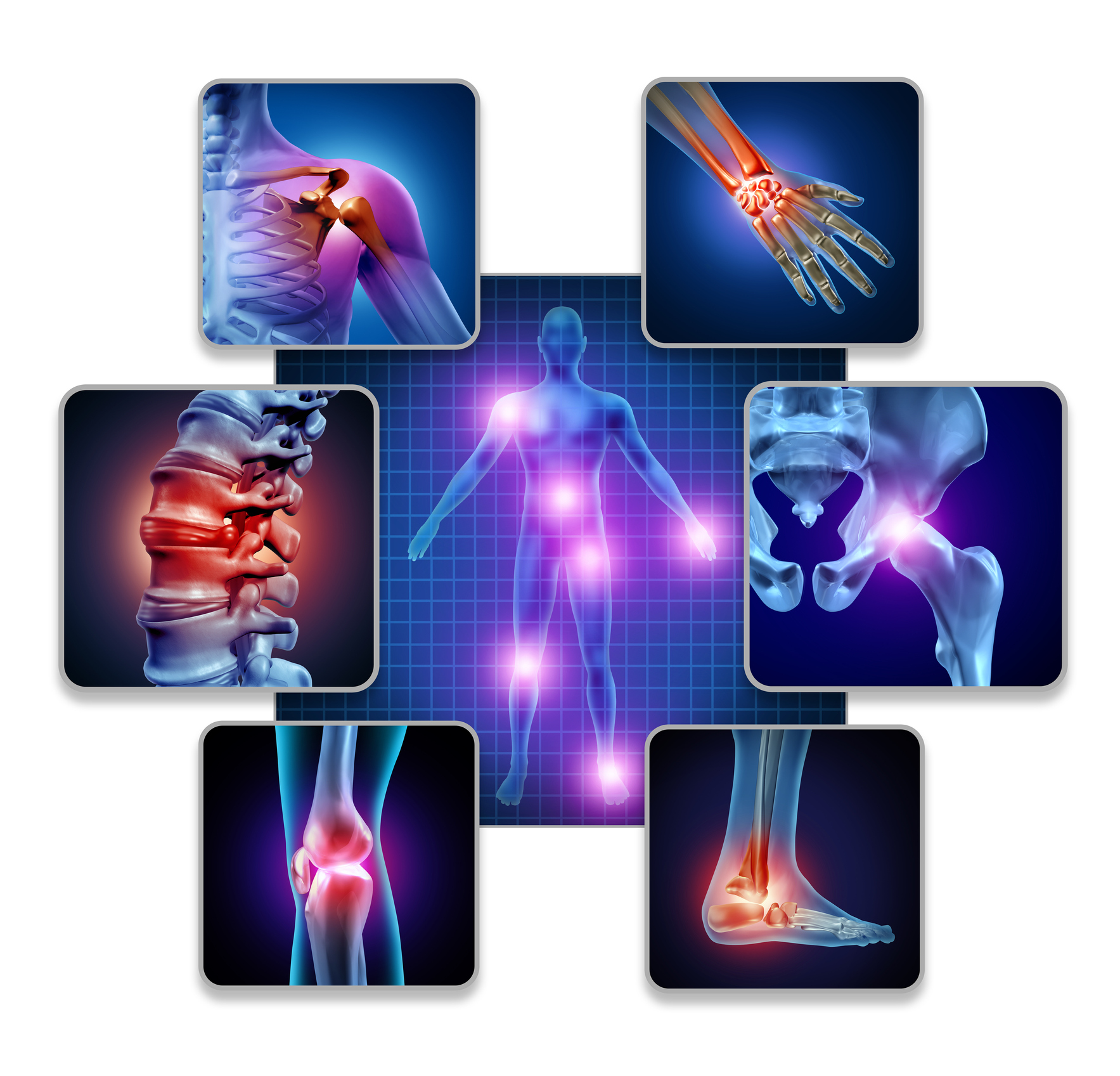Recently, the successor of the Conventional Gait Model, the CGM2 was introduced. Even though achievable reliability of gait kinematics is a well-assessed topic in gait analysis for several models, information about reliability in difficult study samples with high amount of subcutaneous fat is scarce and to date, not available for the CGM2. Therefore, this study evaluated the test-retest reliability of the CGM2 model for difficult data with high amount of soft tissue artifacts.
What is the test-retest reliability of the CGM2 during level walking and stair climbing in a young obese population? Is there a clinically relevant difference in reliability between a standard direct kinematic model and the CGM2?
A retrospective test-retest dataset from eight male and two female volunteers was used. It comprised standard 3D gait analysis data of three walking conditions: level walking, stair ascent and descent. To quantify test-retest reliability the Standard Error of Measurement (SEM) was calculated for each kinematic waveform for a direct kinematic model (Cleveland clinic marker set) and the CGM2.
Both models showed an acceptable level of test-retest reliability in all three walking conditions. However, SEM ranged between two and five degrees () for both models and, thus, needs consideration during interpretation. The choice of model did not affect reliability considerably. Differences in SEM between stair climbing and level walking were small and not clinically relevant (<1°).
Results showed an acceptable level of reliability and only small differences between the models. It is noteworthy, that the SEM was increased during the first half of swing in all walking conditions. This might be attributed to increased variability resulting for example from inaccurate knee and ankle axis definitions or increased variability in the gait pattern and needs to be considered during data interpretation.
Copyright © 2020 The Authors. Published by Elsevier B.V. All rights reserved.
Reliability of walking and stair climbing kinematics in a young obese population using a standard kinematic and the CGM2 model.


